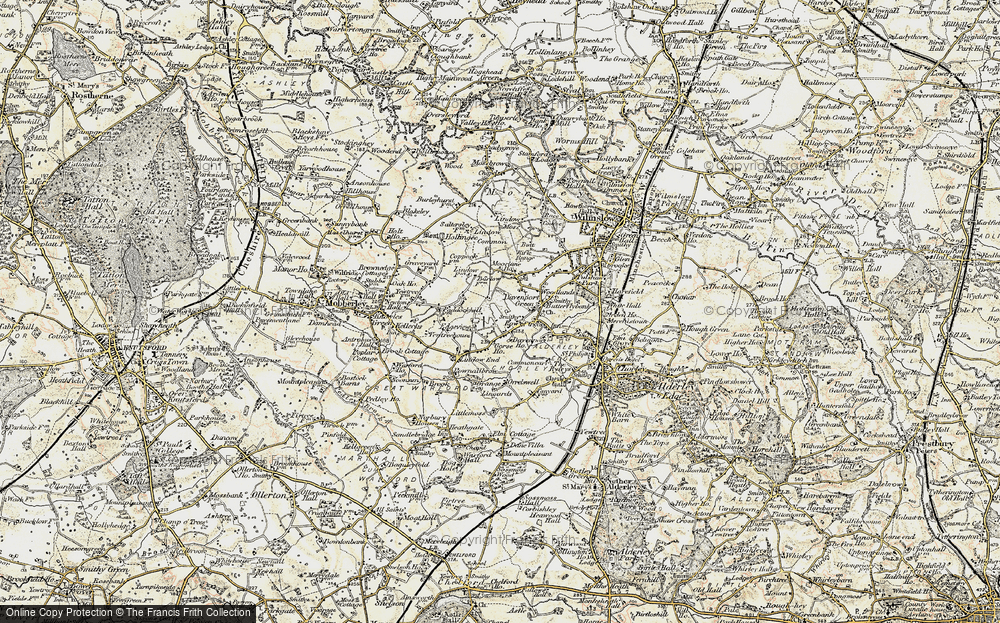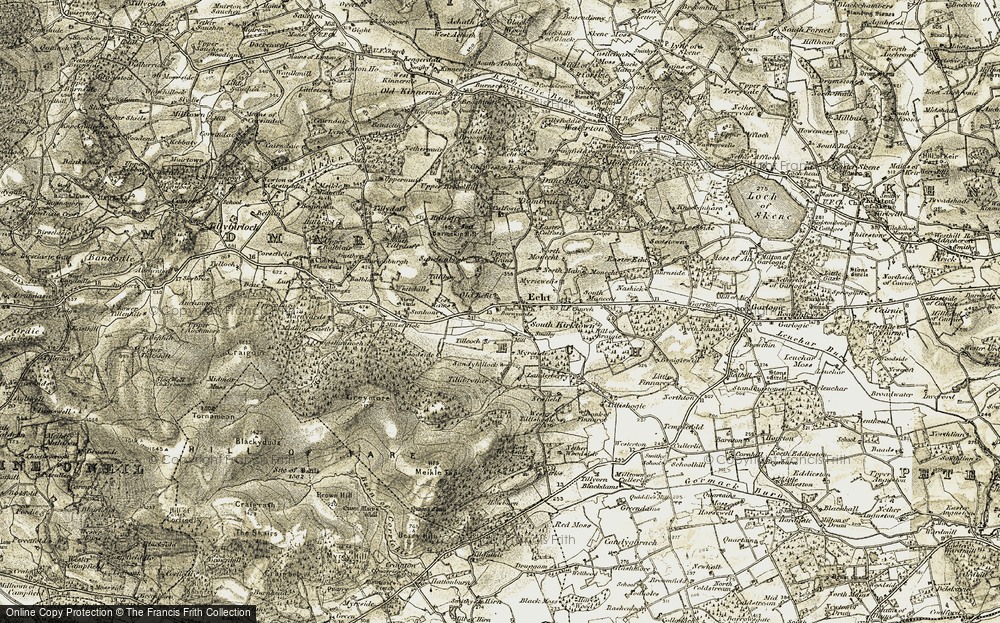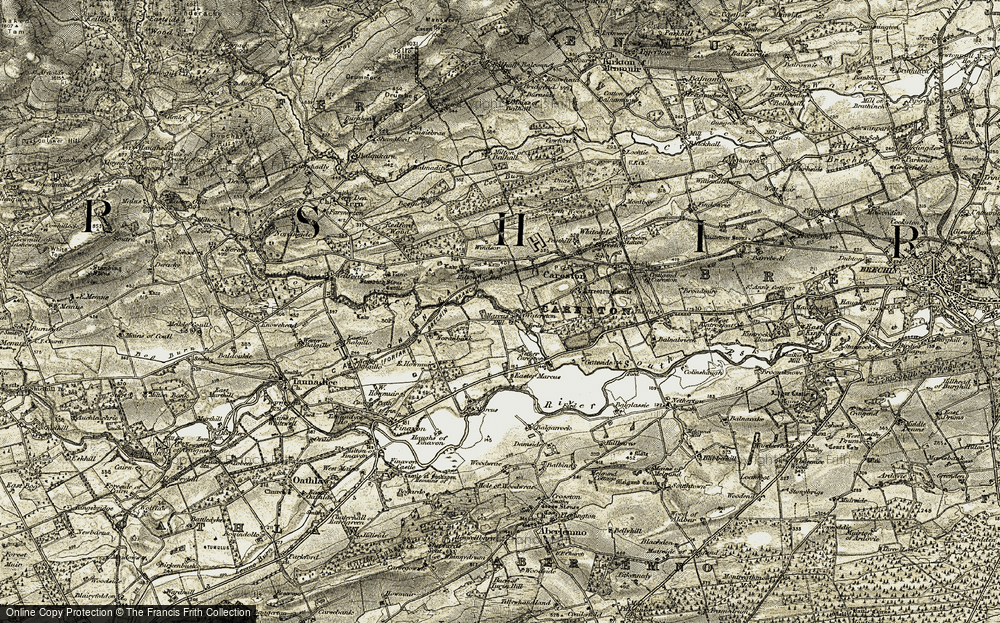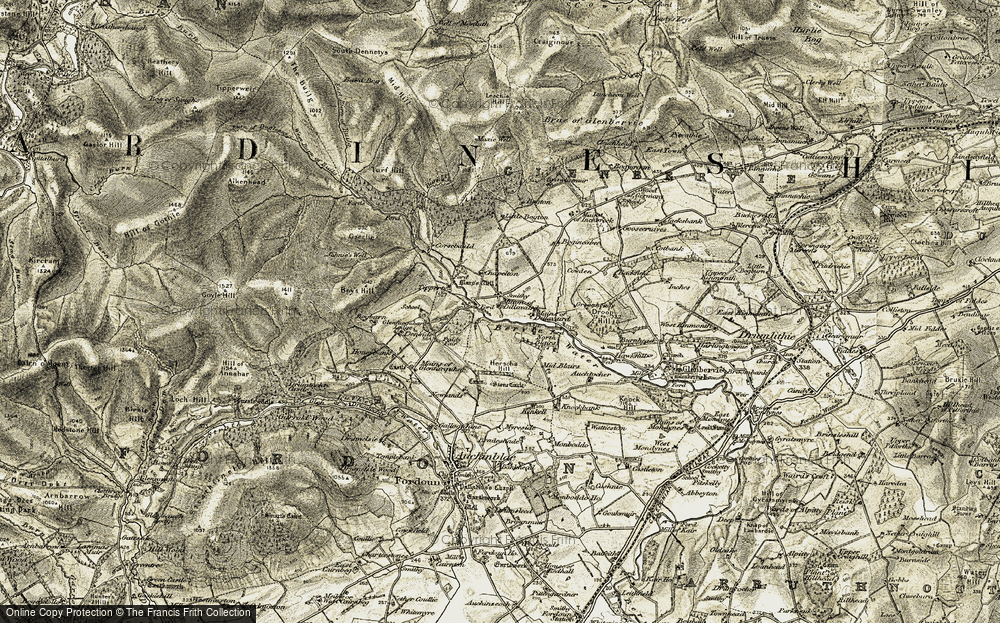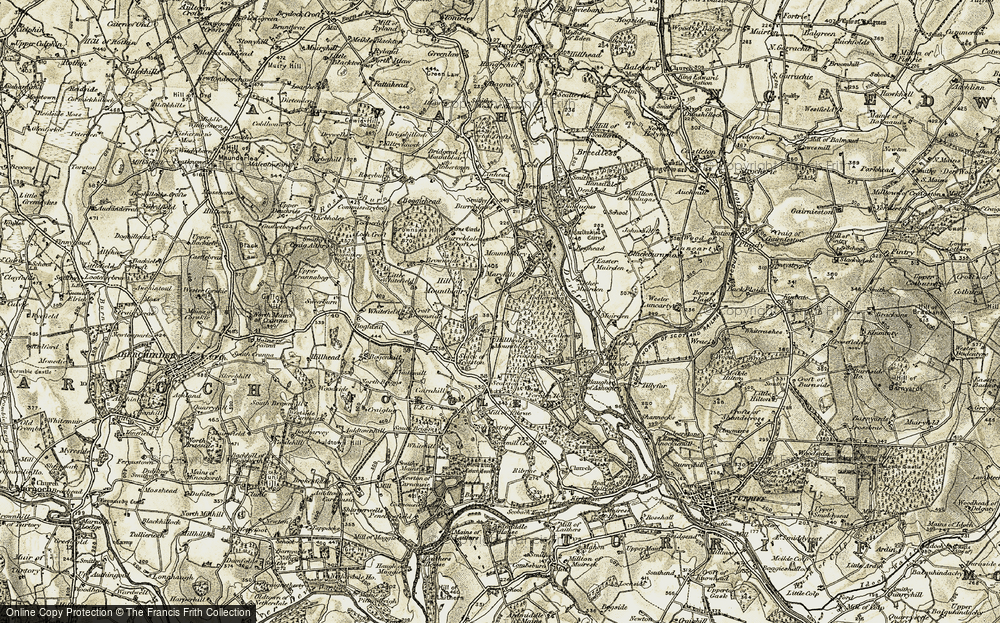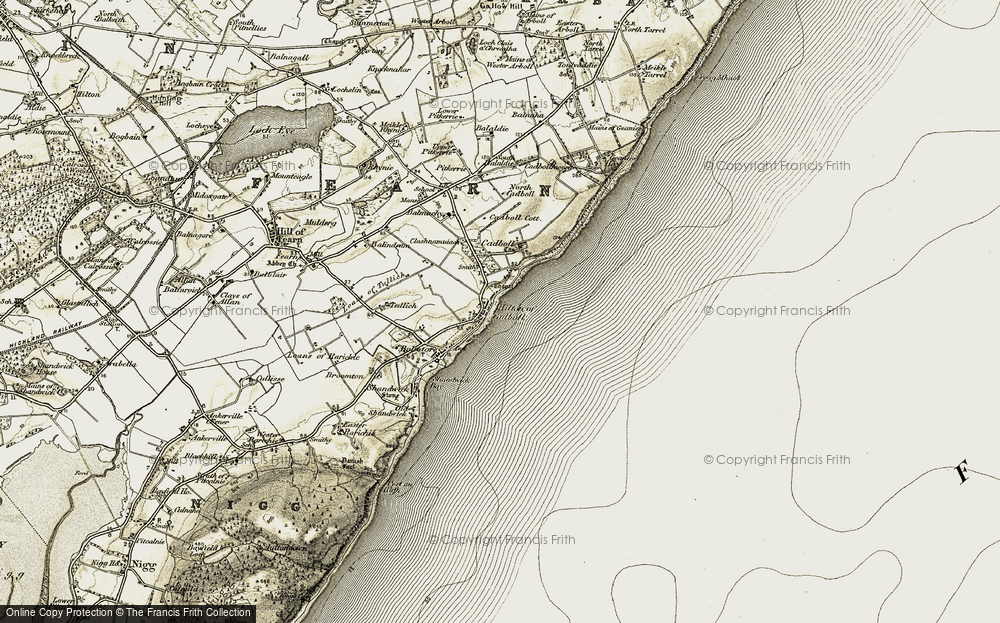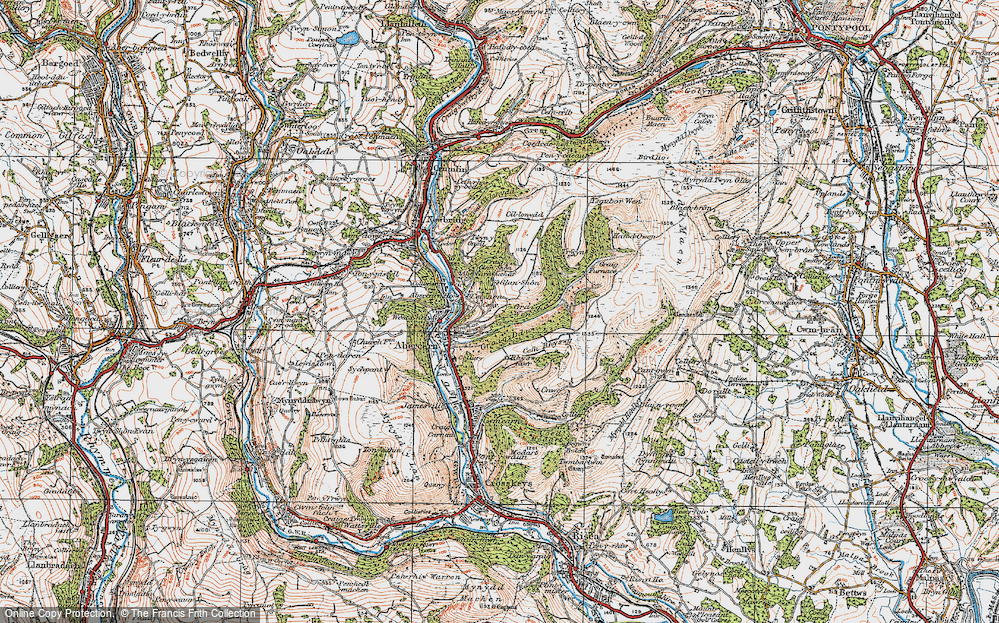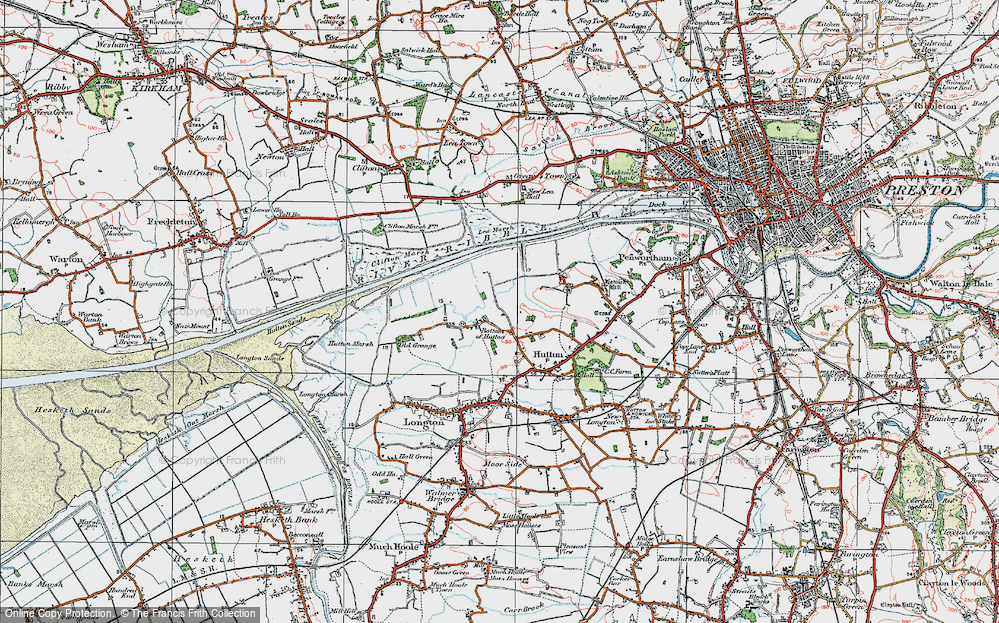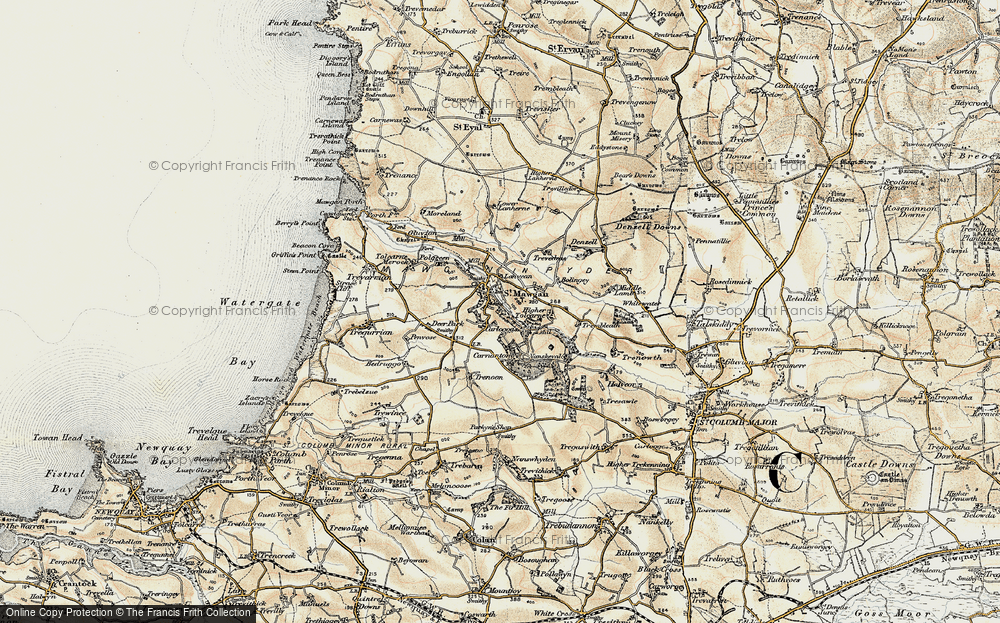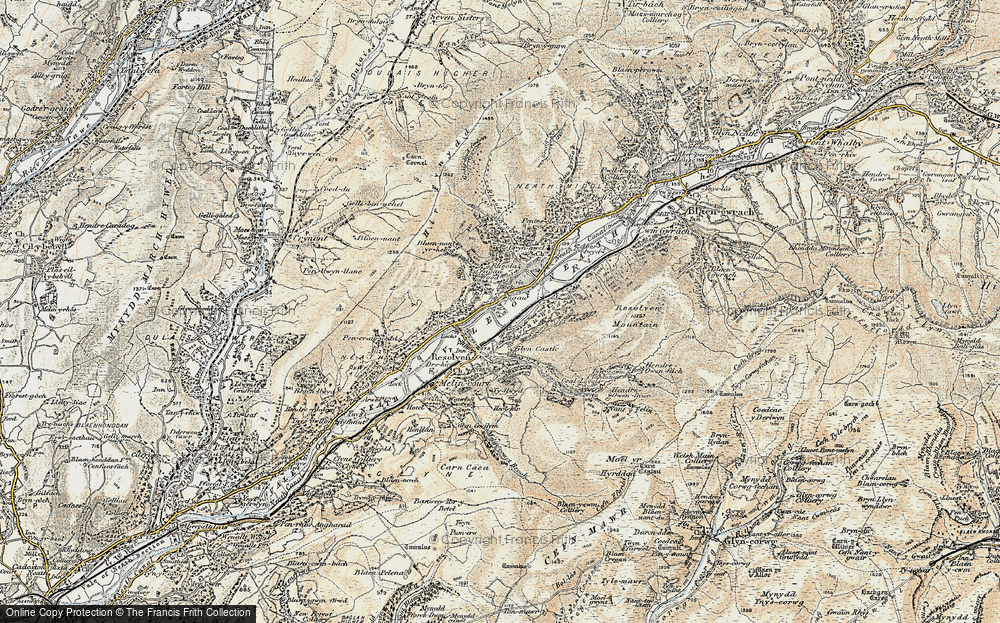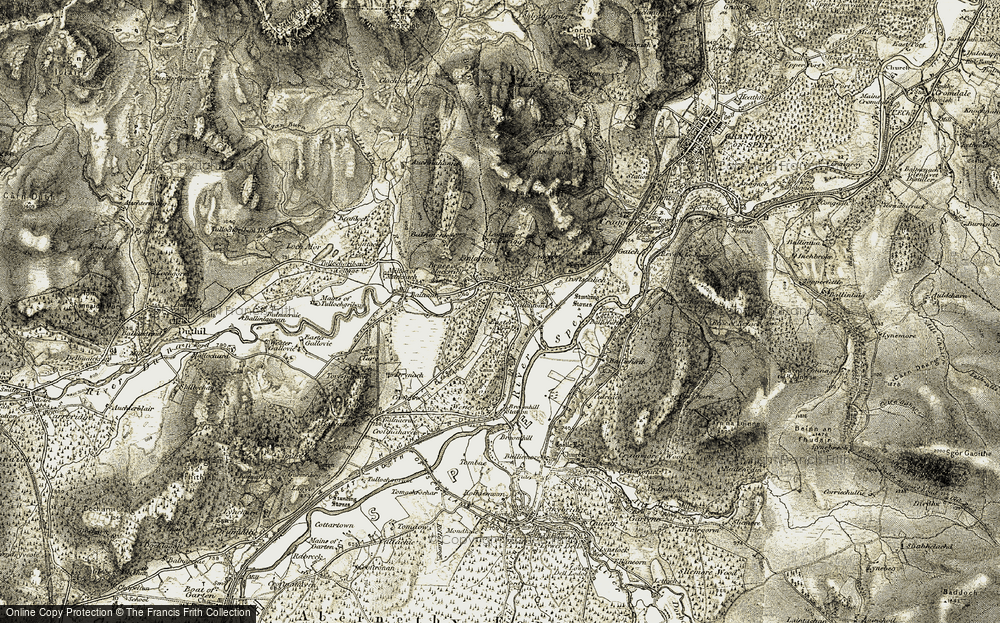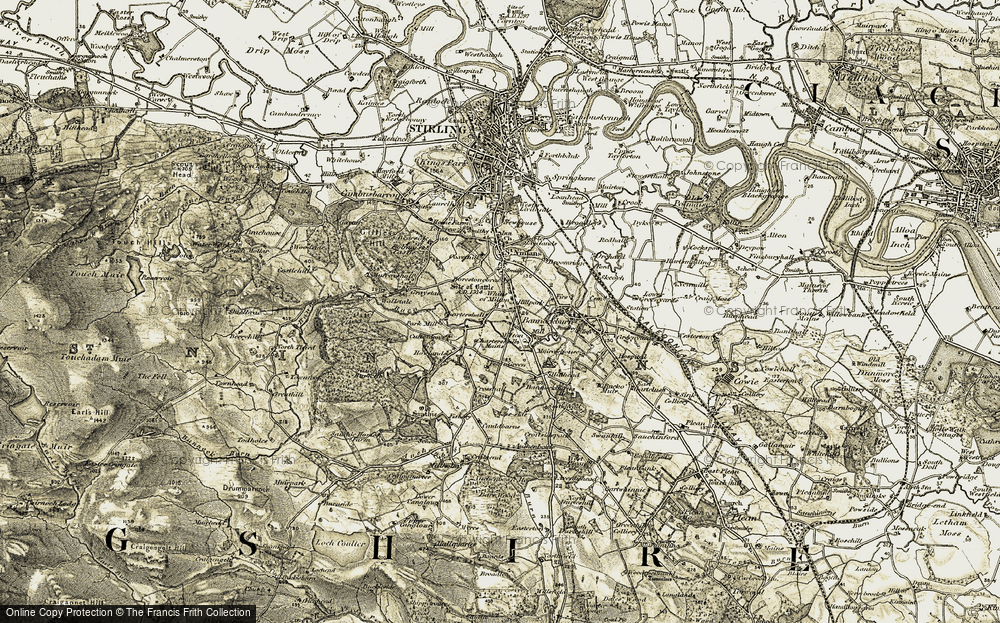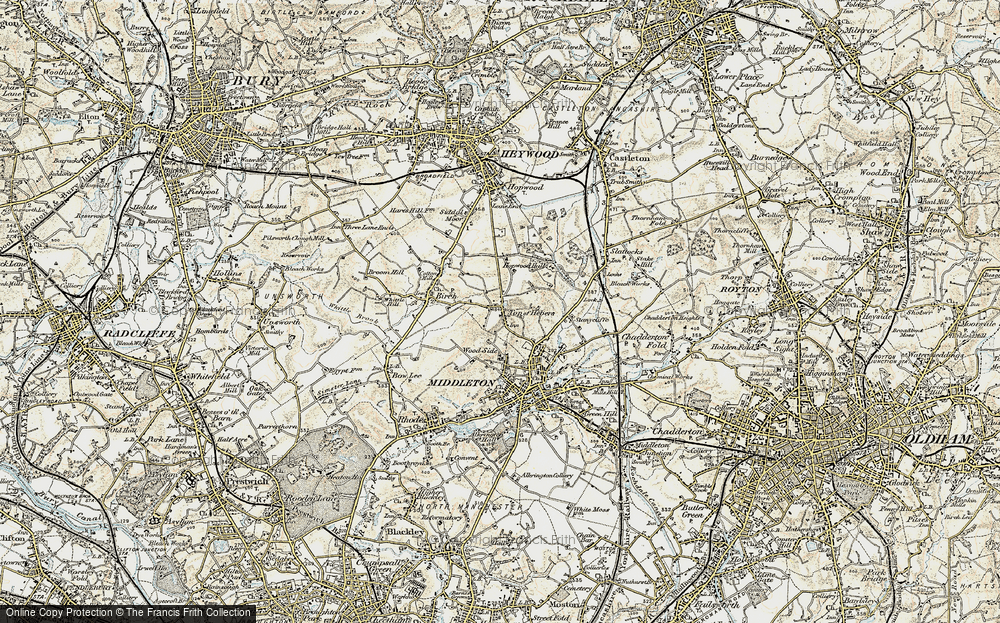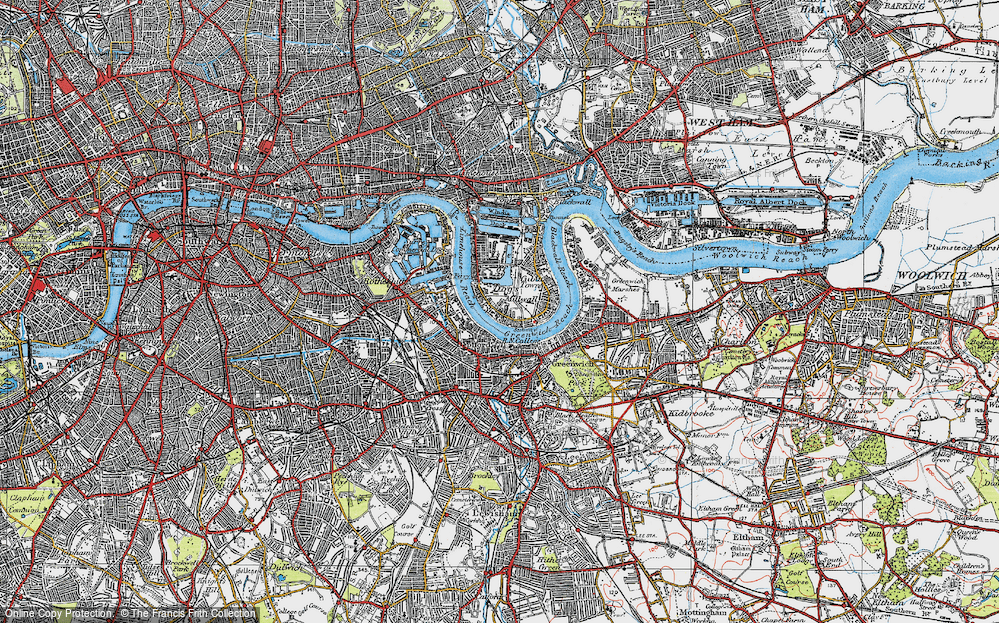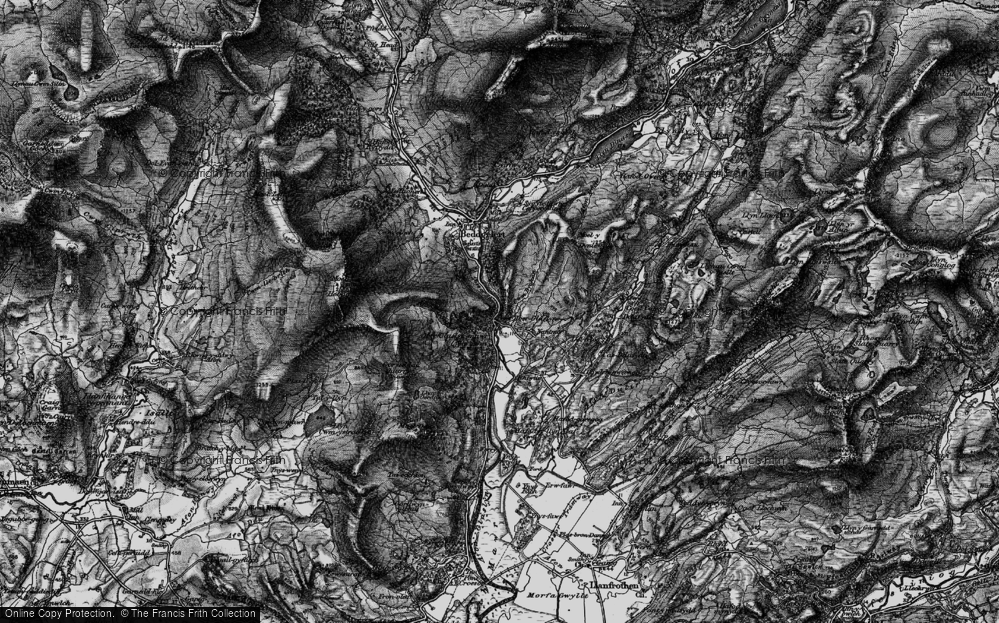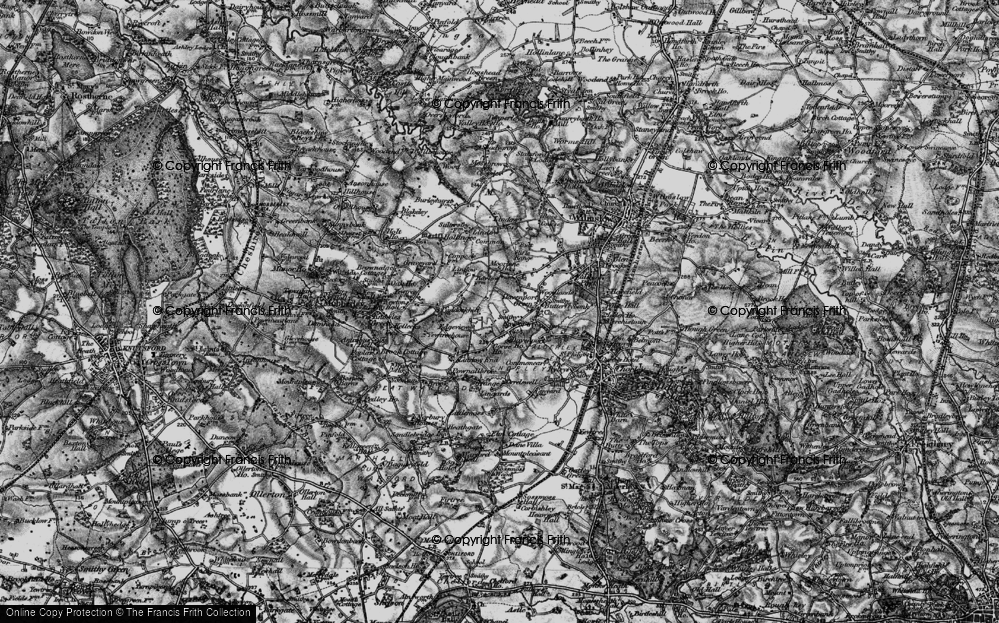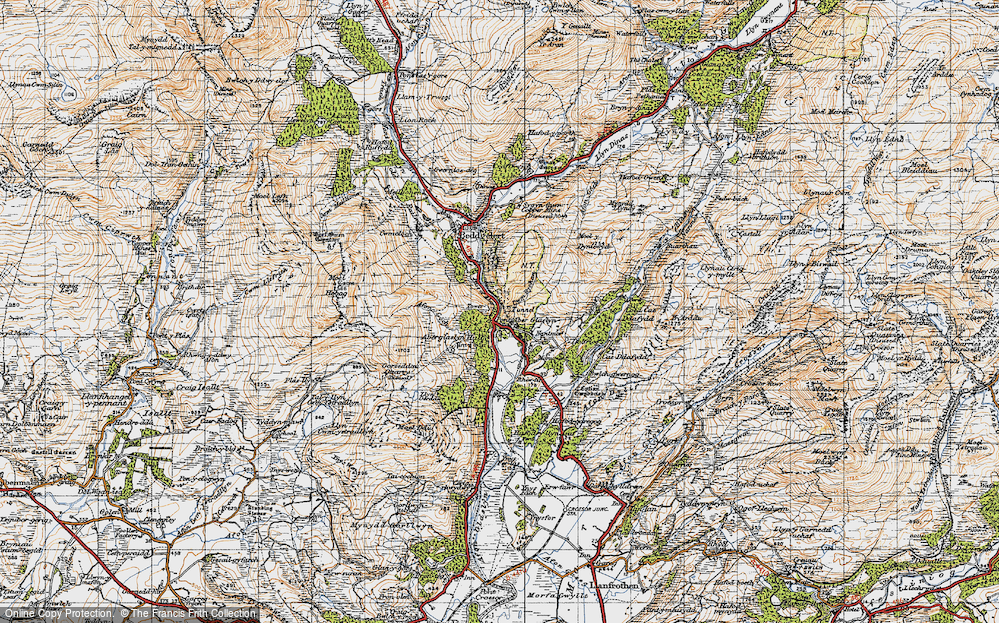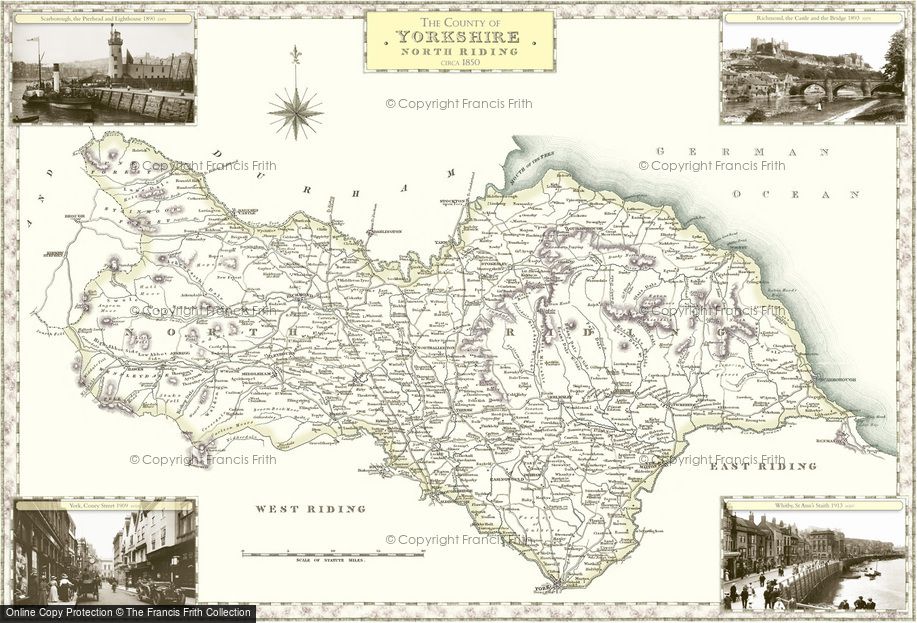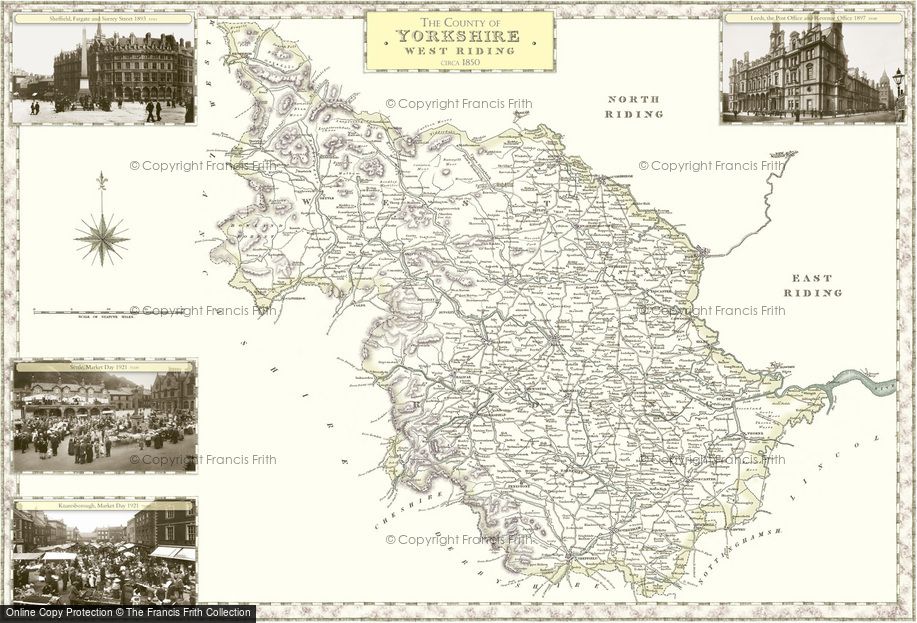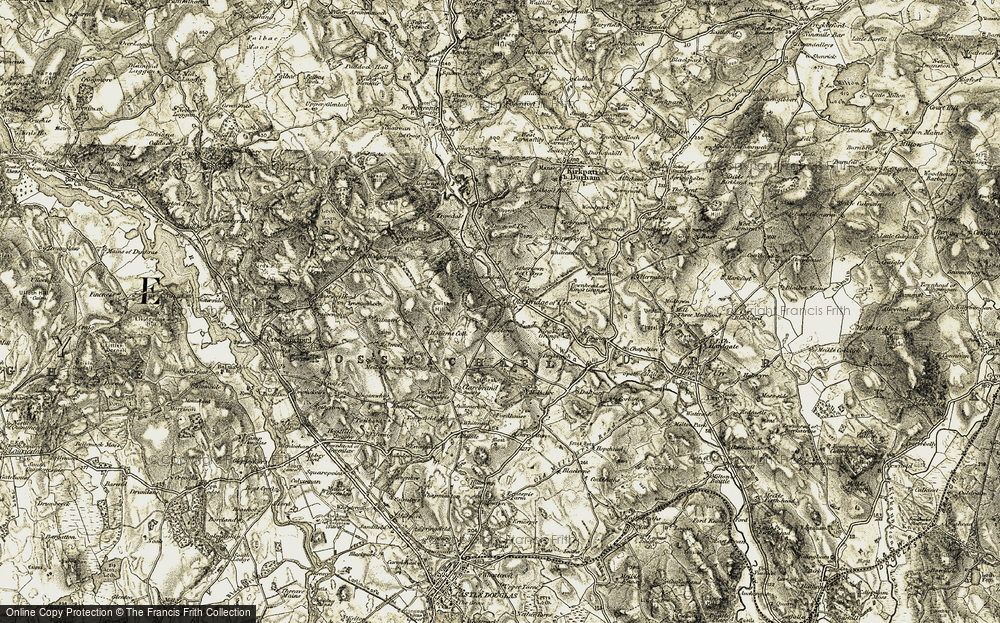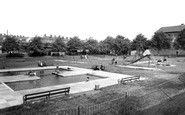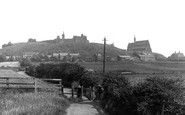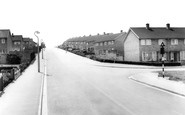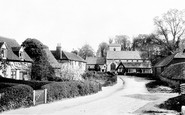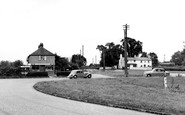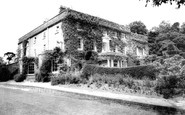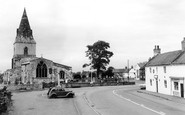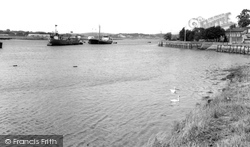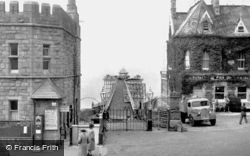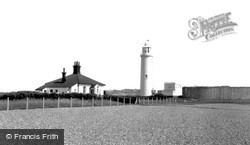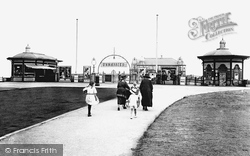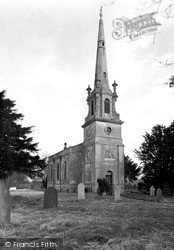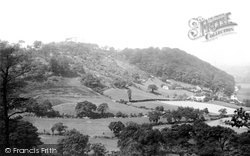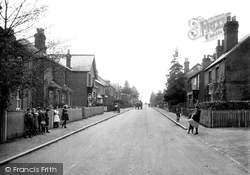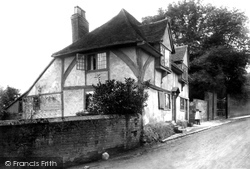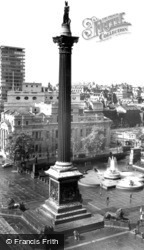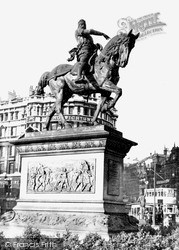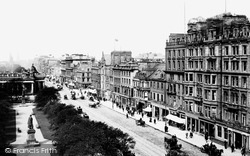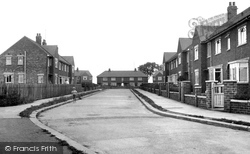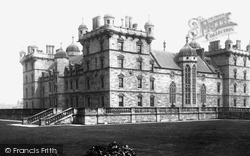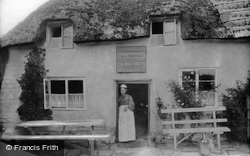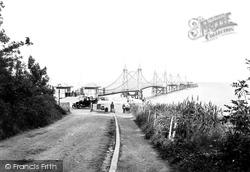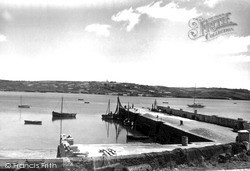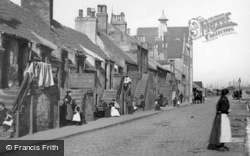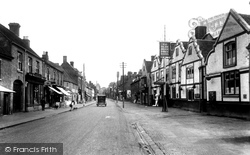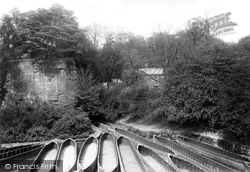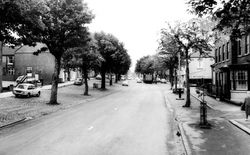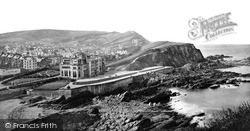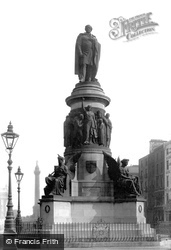Places
Sorry, no places were found that related to your search.
Photos
Sorry, no photos were found that related to your search.
Maps
7,034 maps found.
Books
163 books found. Showing results 169 to 192.
Memories
22,912 memories found. Showing results 71 to 80.
Paddling Pool, Castle Field
I remember this pool vividly! One day I was riding my tricyle round the outside of the pool, which wasn't filled with water at the time. Unfortunately I happened to fall in and I cut my hand on a broken glass. After 34 years I still have a scar to prove it.
A memory of Clitheroe in 1974 by
Going To School
This path was a lifeline to me when I was going to school on my bike. As you look at this picture there was houses to the left and Halton Brow and corn fields to the right. I came down this path on my bike and up Boston Avenue to ...Read more
A memory of Halton by
Greengrocers 1899 1934 East Street: Mark & Annie Crouch
My Great Grandfather Mark Crouch ran a greengrocers shop from the front room of his thatched cottage in East Street from 1899-1934 and then after he died his wife Annie continued as a ...Read more
A memory of Westbourne in 1890 by
My Childhood In Houghton Regis.
My name is Daniel (Danny) Cronin, the youngest of 5 and the only boy of Harry 'H' and Ann Cronin. My life began on the 27th of November 1970. My first place of residence was Recreation Road where I have ...Read more
A memory of Houghton Regis in 1970 by
Very Early Memories!
I was born in Chelsfield in March 1945 at The Bunglaow, Crown Rd/Warren Rd. I was born on the day that the last doodle bug bomb was sent over by the Germans and it dropped not far from where I was born. I have been told ...Read more
A memory of Chelsfield by
Betchworth Village Shop
A school friend at Reigate Grammar was Joe Cheffings; his parents ran the village shop and bakery about midway to the church, on the left of the picture. An elder brother, Tony, helped at home when on holiday from St. ...Read more
A memory of Betchworth in 1947 by
Ww2
I was evacuated to some wooden bungalows in Goring Road and lived with Percy and Renee Bonner. Renee's relations were Romany gypsies who lived in Woodcote. The photo shows The White Lion and the village shop which I believe was "Pointers ...Read more
A memory of Woodcote in 1940 by
Happy Memories
I belonged to St Matthew's Church Choir in Stretford, Manchester as a chorister, and every May bank holiday the choir had a week's vacation at Nash Court. In those days it was a national association of boys' clubs venue. There were ...Read more
A memory of Nash in 1963 by
Memories Of My Family
I was not born when my family lived in Kirkby Green but I have heard my mother tell a few stories of life there. She had a pet trout who lived in the Beck which ran past the back garden. She called him Peter and would go ...Read more
A memory of Kirkby Green by
Church Corner Treasures
One of the 'treasures' of Church Corner, Misterton was the Post Office which was run by Dorothy and Gordon. I often visited there as Dorothy was the sister of my boyfriend at that time. Nearby was Walter Scott who was the ...Read more
A memory of Misterton in 1946 by
Your search returned a large number of results. Please try to refine your search further.
Captions
9,654 captions found. Showing results 169 to 192.
Ships of 300 to 4,000 tons lay at the fore and aft buoys in the river, while others tied up at wharves.
Clevedon's status as a resort was confirmed in 1869 with the opening of the pier.
At the end of the strip of land known as the Shingles is the lighthouse at Hurst Point, warning ships of the mudbanks and shallows that line the nearby coastline.
Though well-maintained and kept in top-flight condition, Lytham Pier was of a somewhat functional design when compared to the one at St Anne's, or to the South Pier at Blackpool.
St Peters was designed by architect George Richardson in 1789 (for Robert Sherrard, 4th Earl of Harborough) in the Classical manner that Pevsner describes as 'an attempt at combining the tradition of
The Edge is not the highest point in the county; at the eastern border with Derbyshire the land rises to nearly 1800ft, and to over 1900ft at Black Hill in Longdendale.
The village of Crowthorne takes its name from a group of thorn trees at nearby Brookers Corner. At one time the name 'Albertonville' was suggested in honour of the Prince Consort.
A study of some attractive old cottages at East Mill. A little girl is staring suspiciously at the camera. Note the unmetalled surface of the road.
The 14ft-high column was erected in 1842 to honour Admiral Lord Nelson's victory at Trafalgar.
This statue by Brock is of Edward of Woodstock, better known as the Black Prince on account of his black armour.
This statue by Brock is of Edward of Woodstock, better known as the Black Prince on account of his black armour.
At the turn of the 20th century Princes Street boasted a number of hotels. The most expensive to stay at was the North British at Waverley Station.
An example of immediately post-war council housing, this street is now leafy and well-established, and largely in private ownership.
Begun by William Wallace, principal mason to the Crown in 1627, and completed by William Aitoun in 1650, Heriot's Hospital is the direct ancestor of Drumlanrig Castle.
The tea room at Jessamine Cottage at Eype, run by Mrs Edith Warren, had a rustic look, accentuated by moss on the thatched roof and the windows open for air in a hot summer.
The chain suspension bridge at the appropriately named Seaview leads out to the steamer landing stage. From here boats would arrive and depart on a daily basis to the mainland at Southsea.
A pleasing picture of the little pier at Schull. All is quiet, with rowing boats and a yacht moored in the small bay. Note the car at the entrance to the quayside.
These cottages at Newhaven, Fife, are an example of the type of fishermen's dwelling that could be found around harbours from Scotland to at least Cullercoats in Northumbria, usually single-storey terraces
Opened throughout in 1772, the Staffs & Worcestershire Canal was designed by James Brindley as part of a scheme to allow traffic to operate between the Thames,Trent, Severn and Mersey.
This view looks towards one of the entrances to the series of underground canals that extended to the Duke's pits at Walkden.
An Edwardian lady, parasol folded in hand, shelters in the shade of the trees at the entrance to Courtenay Park. The town's wealthier residents lived in sumptuous villas at this end of Newton Abbot.
At the western end of Westgate, we see very clearly how the trees planted at either side of the road created a very attractive avenue effect when entering the town in this direction.
The imposing yellow brick Gothic Revival building, with 210 rooms and a 1,000ft terrace, put Ilfracombe in the first rank of resorts when it was opened on 15 May 1867.
At the bottom of Sackville Street is the O'Connell Monument. Built in 1882, it was only fifteen years old at the time this picture was taken. The Nelson Monument is in the background.
Places (0)
Photos (0)
Memories (22912)
Books (163)
Maps (7034)


